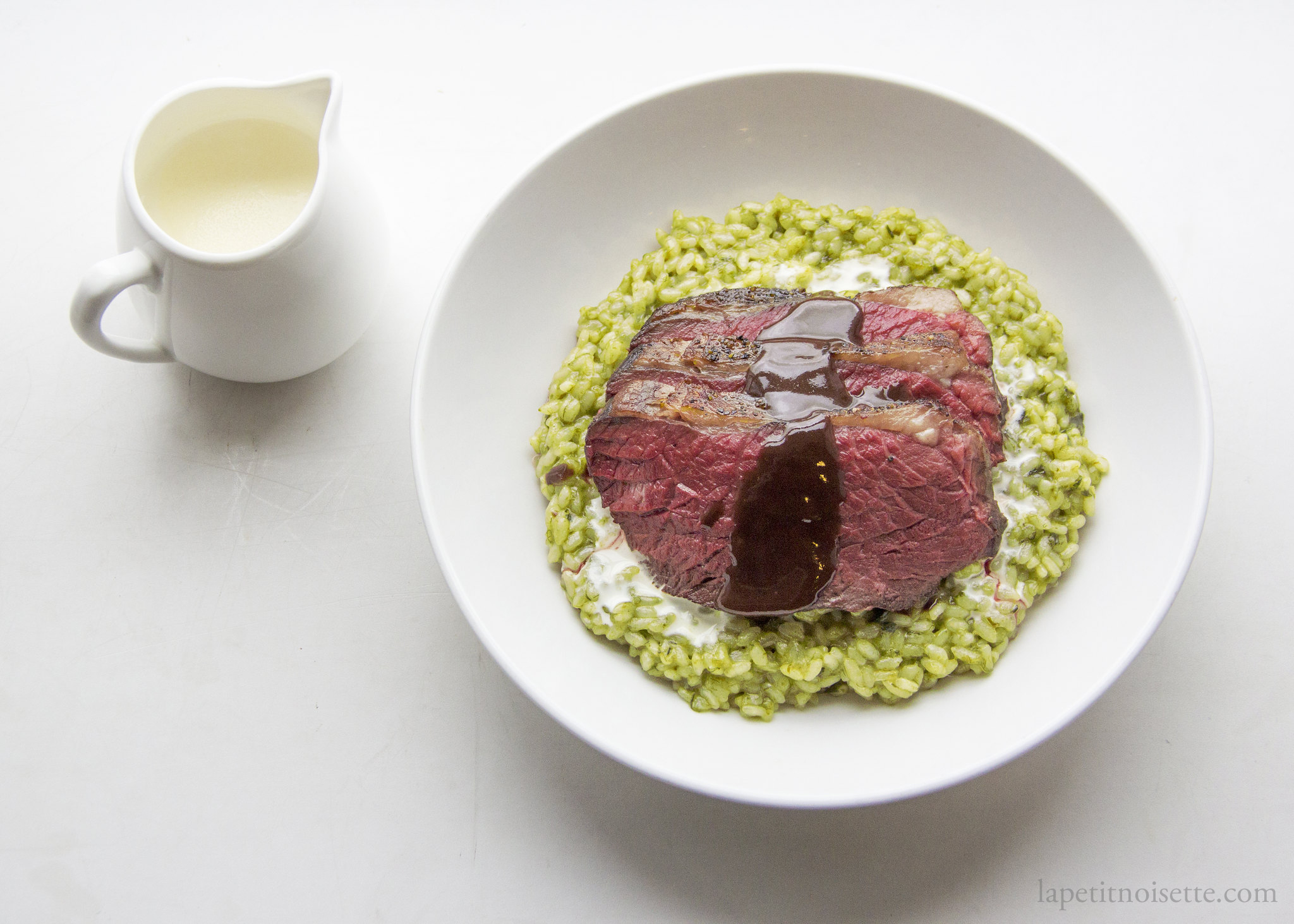
The Yezo Sika deer (Cervus nippon yesoensis/エゾシカ / 蝦夷鹿), is a subspecies of sika deer indigenous to Japan’s most northern island of hokkaido. These deer were traditional hunted by the indigenous Ainu people of Hokkaido not only as a food source, but for their valuable skins needed to keep warm in the winter. The deer’s antlers, know as Tsuno (ツノ) was also use as a traditional medicine, very much like China.
Today, the Sika deer population is Japan is out of control, causing damage to crops and forests all over Japan. As Japan’s population continues to age, the number of registered hunters has also declined as the younger generations take on higher paying corporate jobs. Deer in Japan is rarely found outside high-end restaurants around the country. French restaurants themselves that pride themselves on venison dishes tend to use venison imported from outside Japan, even whilst the deer population in Japan is thriving. To help ease this problem, the Japanese government has started an incentive scheme that pays hunters per deer tail turned in. Deer meat in Japan is traditional thinly sliced before being stew in a hot pot or grilled over a charcoal fire. The recipe below is a more western approach to cooking venison.
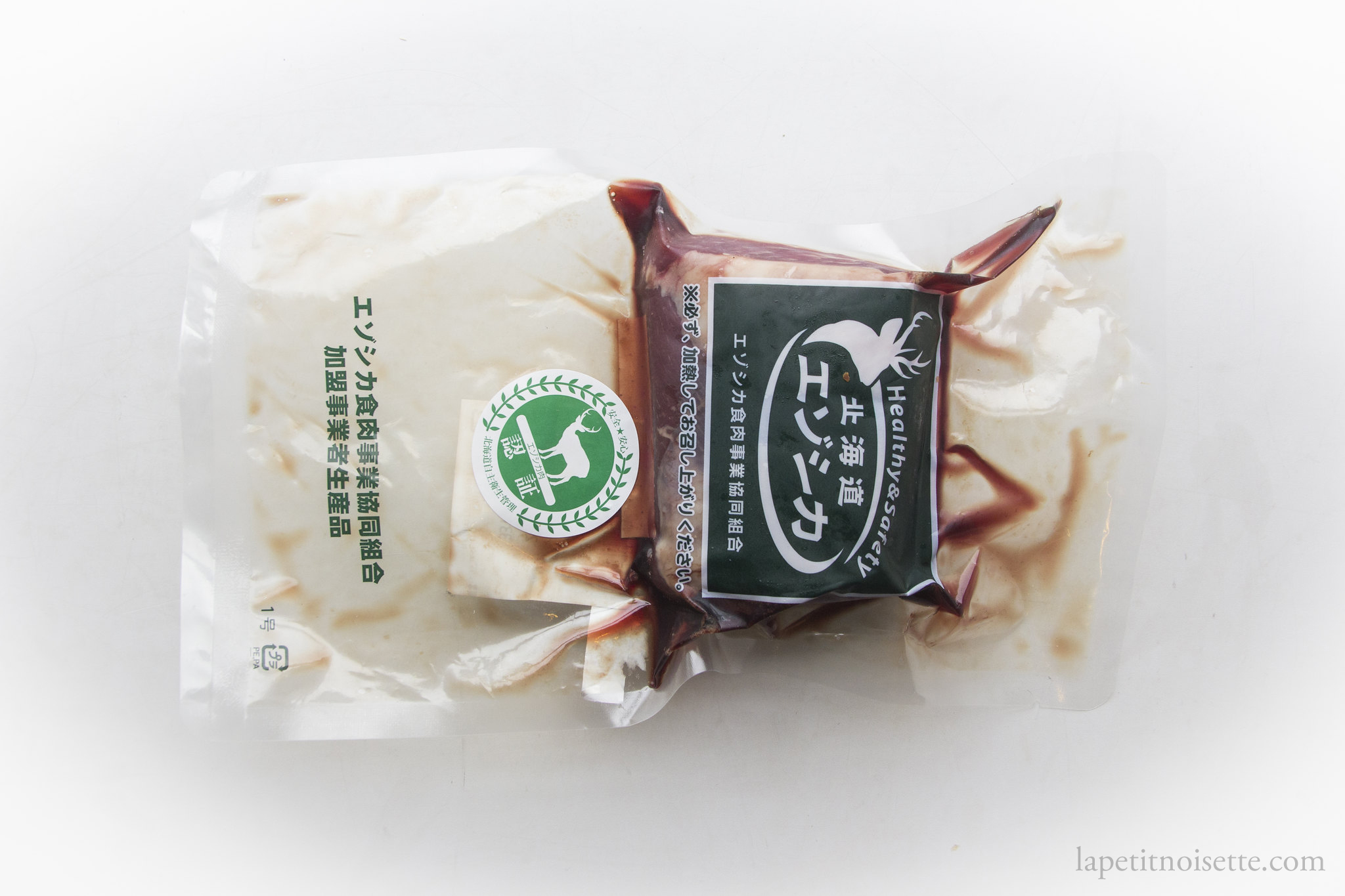
The season for hunting deer in Japan is from around mid-November to mid-February but the government does permit hunting off season for areas where the deer population is causing too much damage to the local environment. Male deers are said to be delicious at the start of October when they start to accumulate fat for the winter, whilst female deers are suppose to taste the worse around June. With the peak of deer mating season beginning in October, fawning would occur in June after a 7 to 8 month gestation period. This would mean that the female deers would have invested most of their energy in their newborns and are thus not fit to eat (and of course it would be cruel to kill a mother doe, leaving its kid behind!).
The deer sourced in this recipe was brought in Sapporo, Hokkaido, and is sustainable and traceable due to the work of the Japan Gibier Promotion Association (JGPA). More info about Japanese wild game can be found at their website here (Japanese only) or in my article here. The cut of meat pictured here is the inner thigh of the deer (内もも), but I have made this recipe with the loin of deer before with perfect results.
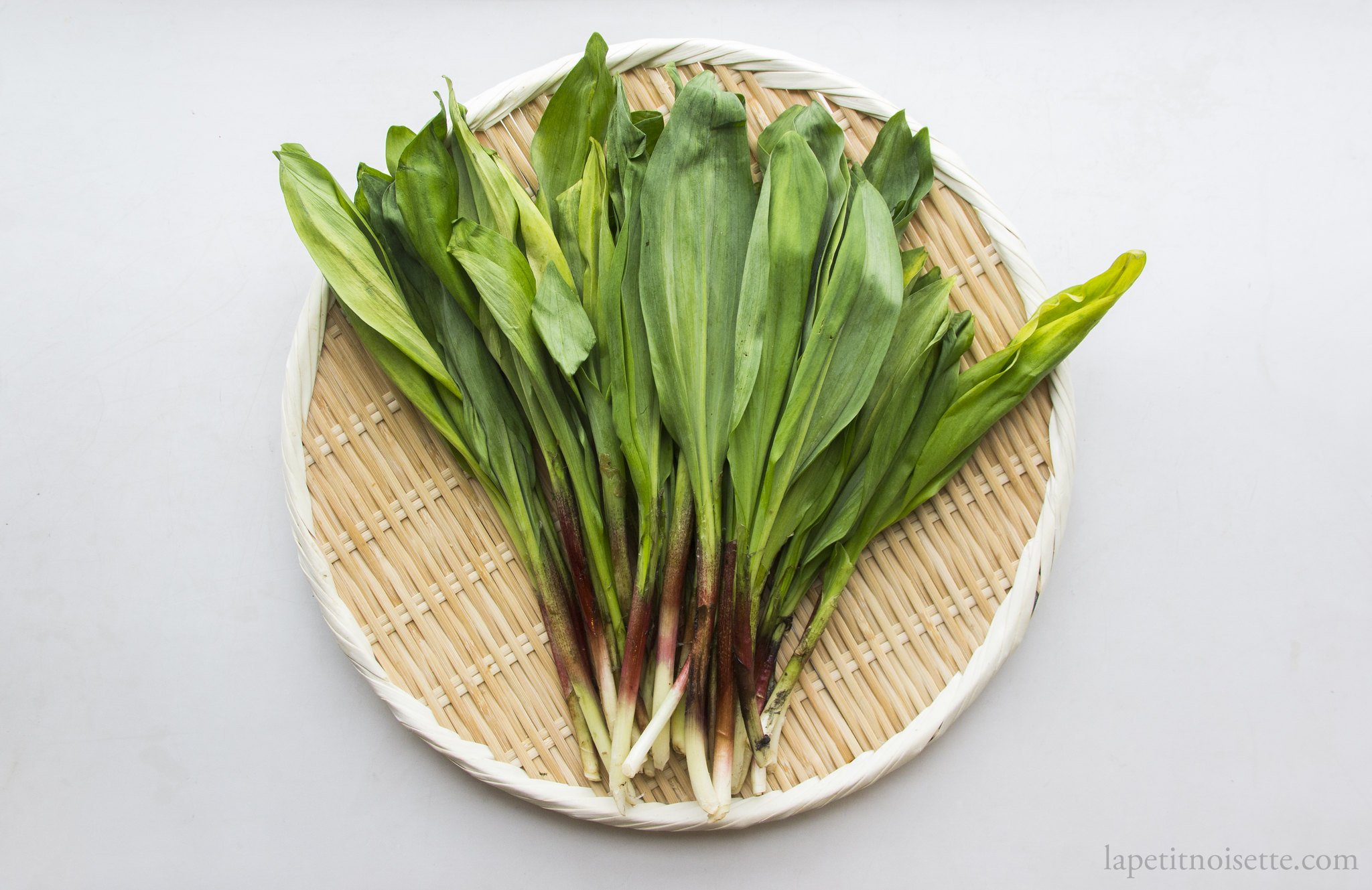
I decided to make a wild garlic risotto to accompany the venison. Wild garlic, ramsons or ramps (Allium ursinum), start to come into season during spring all around Europe. They are easy to forage for in the wild, and can be easily located due to their distinctive garlicy smell. These wild garlics do not have the large bulbous roots that we typically call garlic, and are eaten for their leaves. Whilst mostly used in western cooking, these plants are actually native to Asia and I actually managed to find some in Japan. This plants also has distinctive small white flowers. Unless using the flowers for decorations, it is recommended to harvest the plants with flower buds that have yet to bloom, as their leaves would be less woody and thus less tannic/bitter.
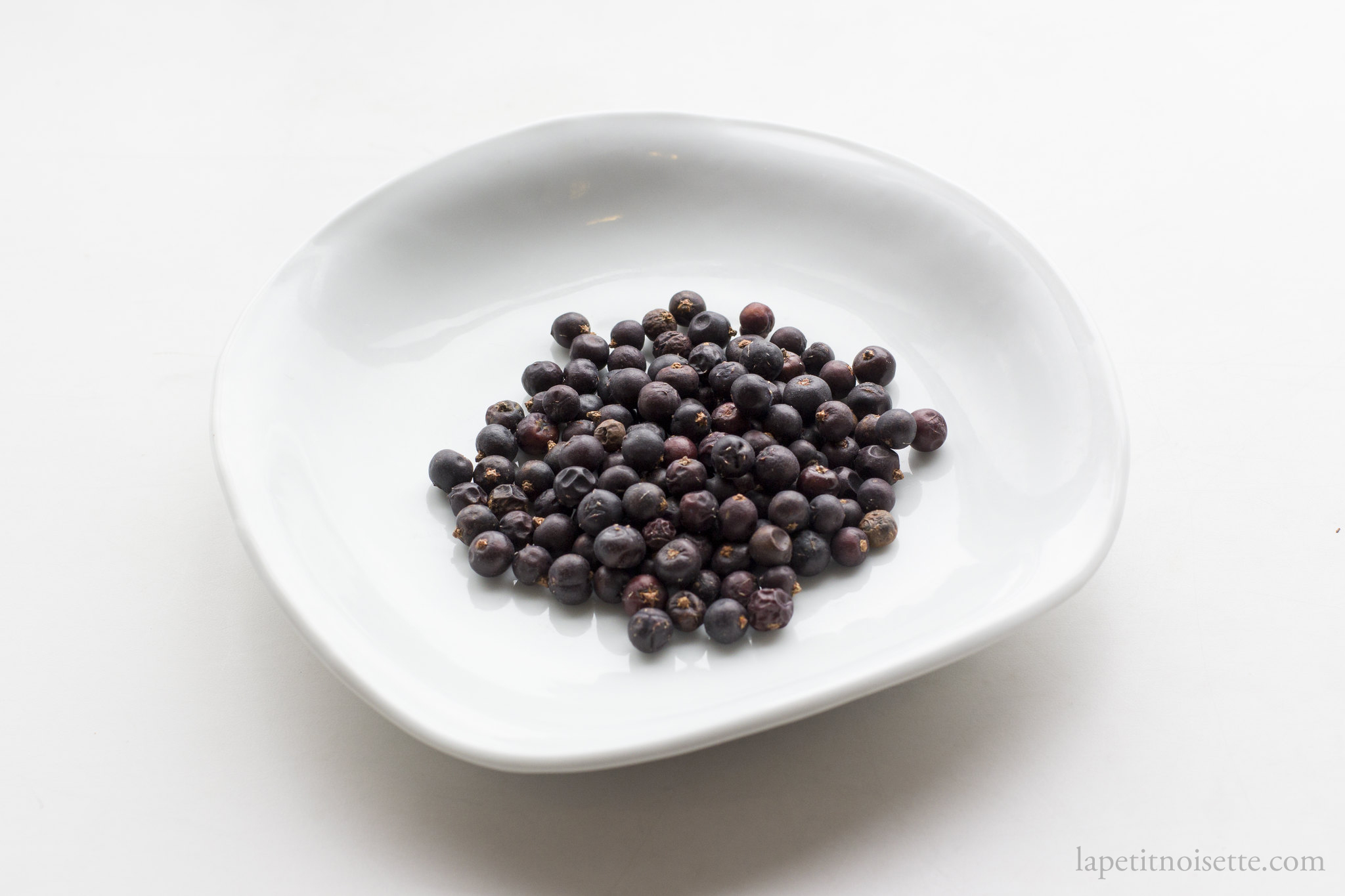
To pair with the risotto and wonderful deer meat, I made a juniper cream and a juniper flavoured chocolate sauce. The juniper berry is actually a tiny female pine cone thats scales have all merged together to appear like a berry. It is most commonly harvested from a species of conifer known as Juniperus communis though other species of Juniperus also produce juniper berries. The flavour compound that gives them their classic taste is pinene, which slightly mellows are the berries ripen. The berries are harvested and dried before being sold, and crushing them maximises the release of their flavour as it is lost from the dried outer shell. The taste of juniper is used typically to pair with game meat and is a classic example of the idea that if it grows together it tastes good together, as deer commonly live in pine forests. (This idea isn’t universal of course, not everything that grows together tastes good together).
The chocolate sauce used in this dish is a traditional veal stock flavoured with juniper and reduced to a jus. The jus is then cut with red wine to give it a vibrance of acidity. At the very end, a grating of bitter dark chocolate into the sauce helps thicken the sauce whilst causing it to take on a glossy shine. The consistency sauce should be thick enough to cover the back of spoon. The taste of this sauce is complex and not what you’d expect. Unlike a dessert sauce, you should not be able to taste the sweetness of chocolate. Instead the melting of cocoa butter from the chocolate sauce should help neutralize the bitterness from the juniper and cocoa powder, whilst giving the sauce a rich and full bodied texture. This sauce is very potent and should be used sparingly.
On the rice used to make the risotto, the typical rice used to make italian risotto is Arborio or Carnaroli. For many years however, when unable to find these two rices, I have opted instead to use Japanese short grain rice typically used for sushi which has yielded perfect results. For the first time in this recipe, I have deliberately decided to use sushi rice to keep with the Japanese theme. Use as you would typical risotto rice.
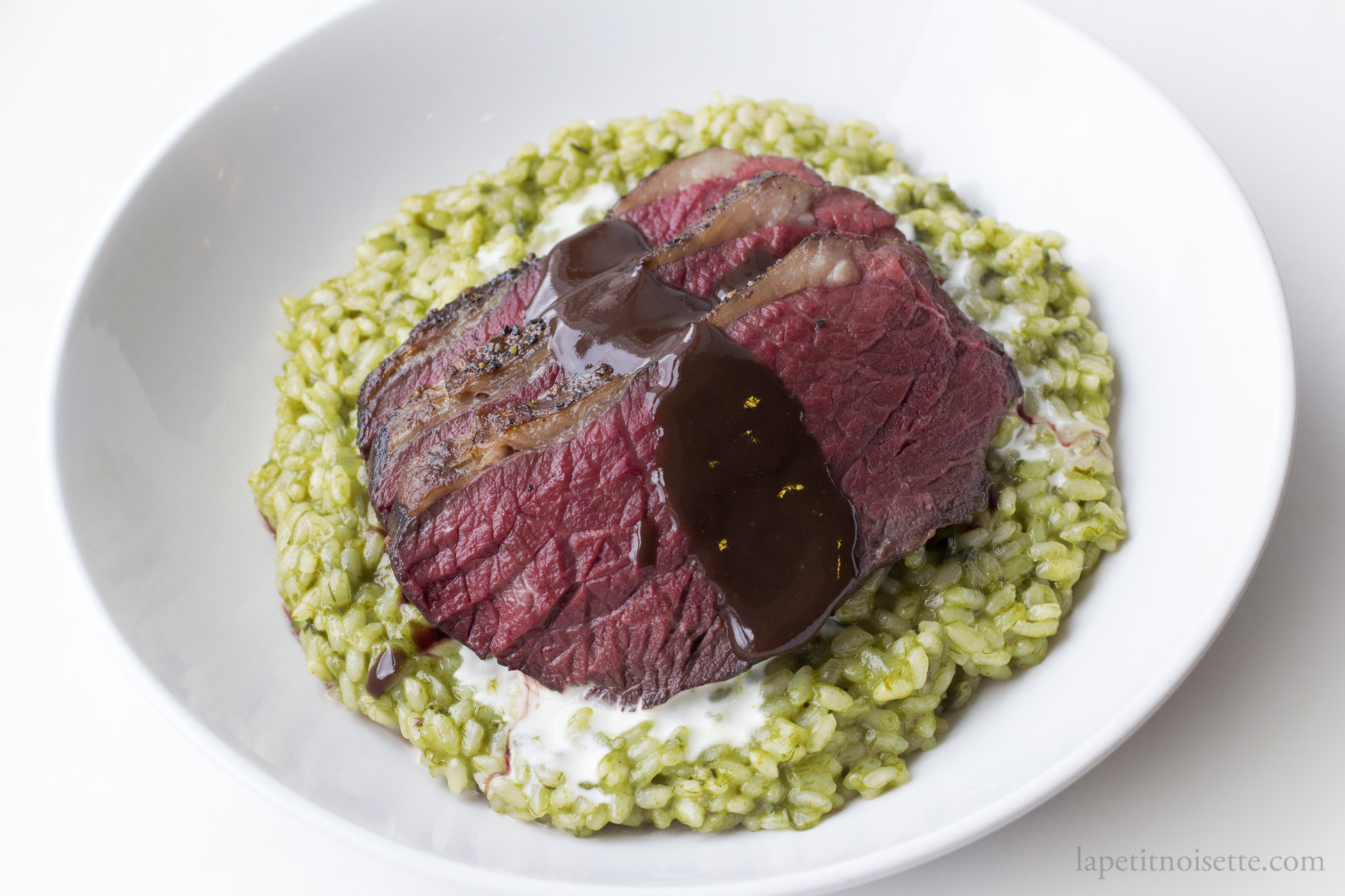
Hokkaido Yezo Sika Venison
- 400g of Venison Inner Thigh or Loin
- Salt and Pepper
- Oil and Butter
Wild Garlic Risotto
- 1000ml Chicken stock or Vegetable stock
- 1 Shallot
- 350g Japanese Short Grain Rice
- 70g Wild Garlic/Garlic Chives
- 120g Parmesan Cheese
- 100ml White Wine
- 30g of Butter
Chocolate Sauce
- Veal Stock
- Red Wine
- Shallots
- Venison Trimmings
- At least 70% Dark Chocolate (Valrhona’s Guanaja used here)
Juniper Cream
- 5 Juniper Berries
- 100ml of cream
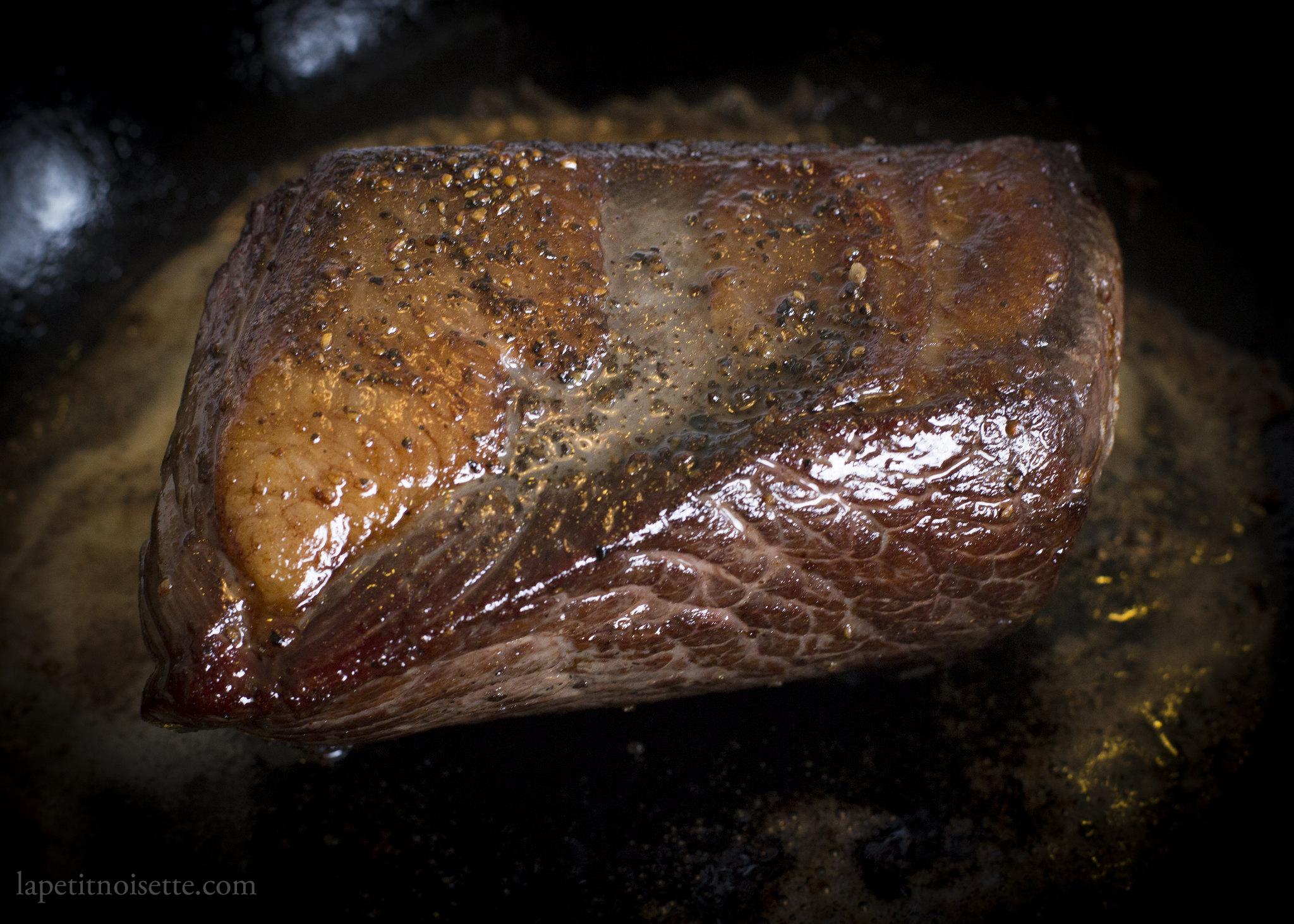
Venison Oven Cooked
- Preheat the oven to 180°C.
- Season the venison generously with salt and pepper.
- Heat a cast iron pan until just smoking and seal all sides until golden brown.
- Cover with aluminum foil (optional), and place in the oven for 10 to 12 minutes for medium rare, 15 minutes for medium.
- Allow to rest for 5 minutes before serving.
Venison Sous Vide
- To begin, season the venison generously with salt and pepper.
- Place in a ziplock bag and submerge in water to remove all the air before sealing the top.
- Place in the water bath for 1.5 hours at 54°C for medium rare, 50°C for rare, and 57°C for medium.
- Remove from the ziplock bag and pat dry.
- Heat a cast iron pan until just smoking and sear all sides until golden brown quickly to prevent cooking the inside anymore. Add in the butter half way and baste the venison to seal in the juices.
- Place on a chopping board and slice to desired thicknesses. You do not need to rest the meat.
Juniper Cream
- Crush the juniper berries with the side of a knife or a heavy bottomed pan.
- Add the berries to the cream and gently heat the cream to a simmer, whisking all the way to prevent scorching.
- Once simmering, take it off the heat, allow to cool and infuse for 10 minutes.
Chocolate Sauce
- Fry the shallots and veal trimmings until lightly browned.
- Add in and reduce the veal stock to ⅓ it’s volume.
- Add in the red wine and reduce again.
- Strain out the sauce into a small saucepan.
- Grate the dark chocolate finely.
- Whilst constantly whisking, continue to reduce the sauce and mix in the grated dark chocolate.
- Continue until the sauce reaches the desired consistency and taste.
- You can experiment adding more or less dark chocolate. Be careful as the sauce burns easily.
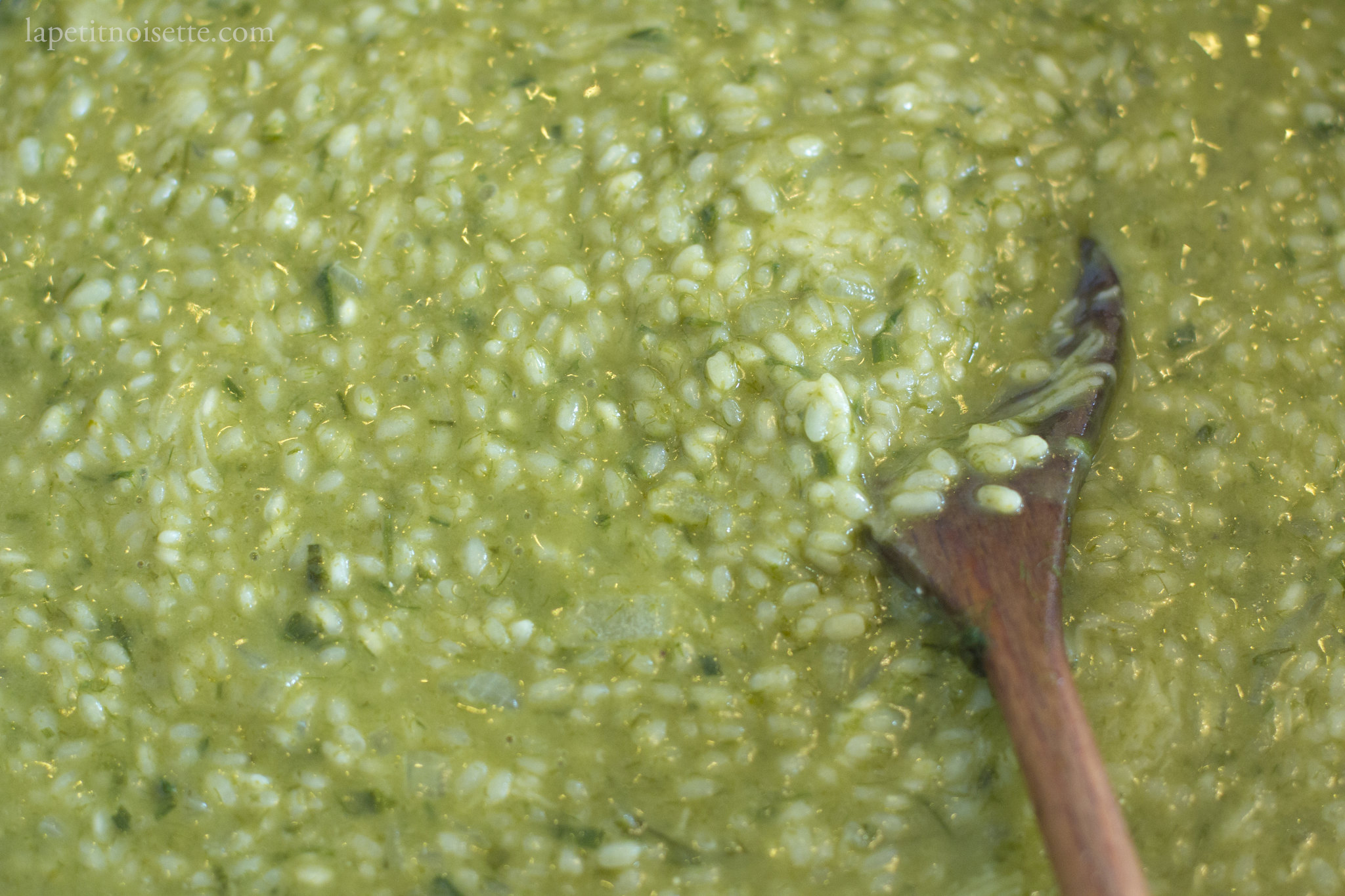
Wild Garlic Risotto
- Rinse the wild garlic leaves to remove any soil or dirt.
- Finely chop up the wild garlic leaves and add to the chicken/vegetable stock.
- Using a hand blender, blend up the wild garlic leaves into the stock.
- Mince the shallots as finely and evenly as possible, as evenly cut pieces will cook uniformly, preventing bits of the shallots browning faster than others.
- To start the risotto, melt the butter in some oil and before sweating the shallots.
- Once fragrant, add in the sushi and toss in the butter for around a minute until well coated. Do not brown the rice.
- Pour in a dash of white wine to deglaze the pan before adding in ladle by ladle of stock stock, stirring in the stock one ladle at a time, before allowing it to cook the rice. The point of stirring the stock constantly is to allow the friction between the rice grains to release their starch, causing the risotto to take on its classic creamy character.
- The risotto is done when the rice grains are translucent and you can see a white centre inside each individual rice grain. This means the rice is al dente, and still has a bite to it.
- Just before the risotto is done, add in the parmesan cheese in 3 separate stages and mixing till melted.
- At this point, you should stop adding any excess stock and continue to cook the risotto until it reaches the consistency you like. Continuously taste the risotto to check the consistency and taste. Add more cheese or salt to your liking. Parmesan cheese is pretty salty in itself.